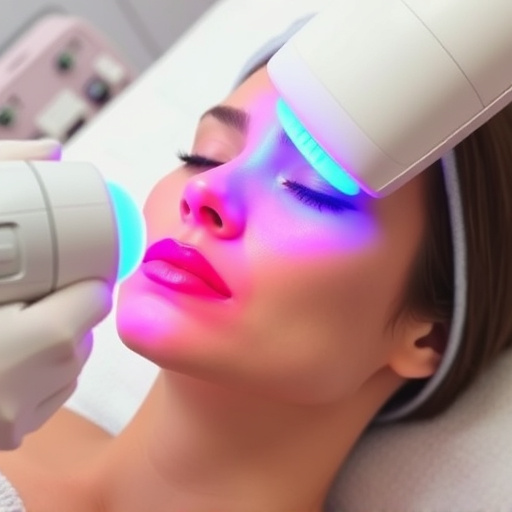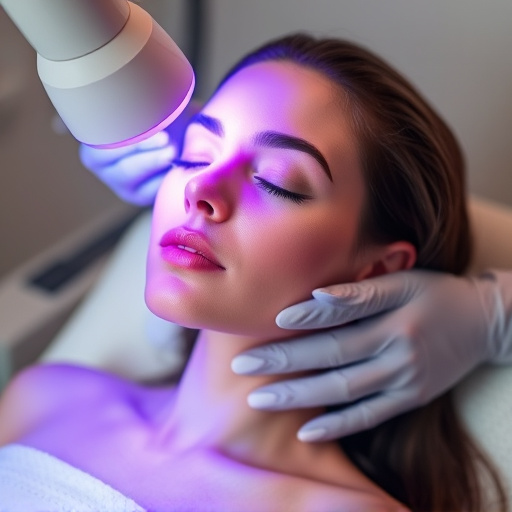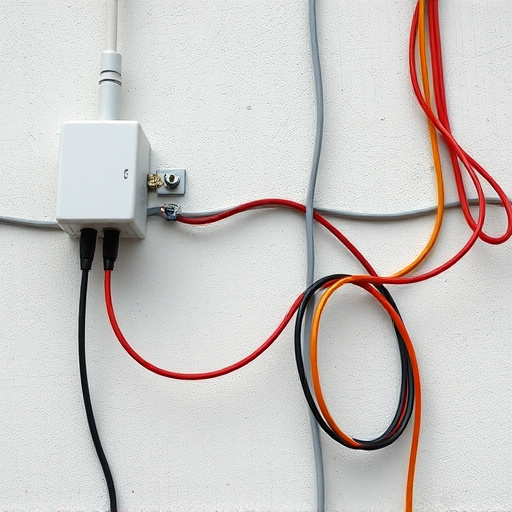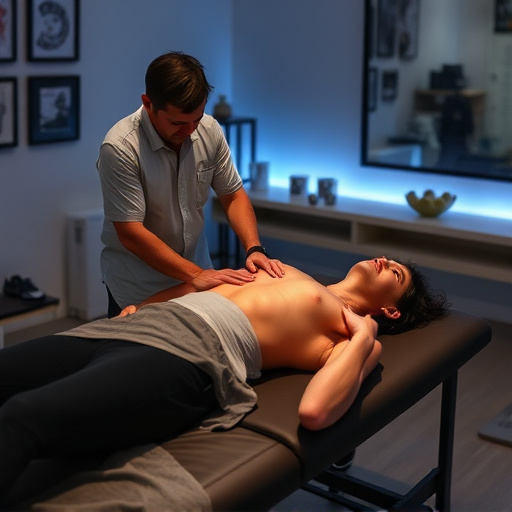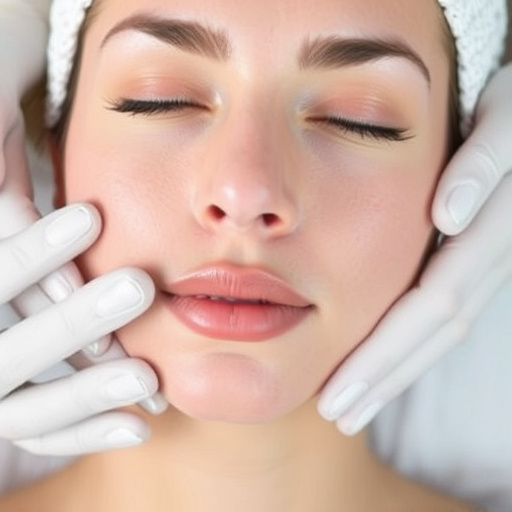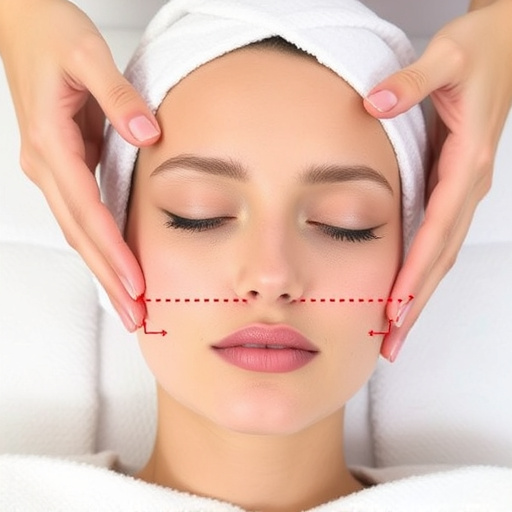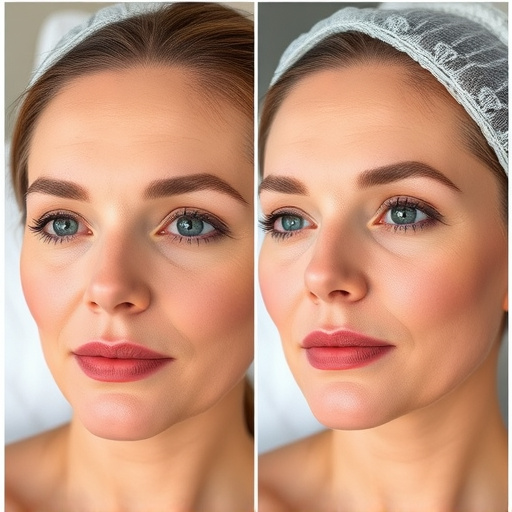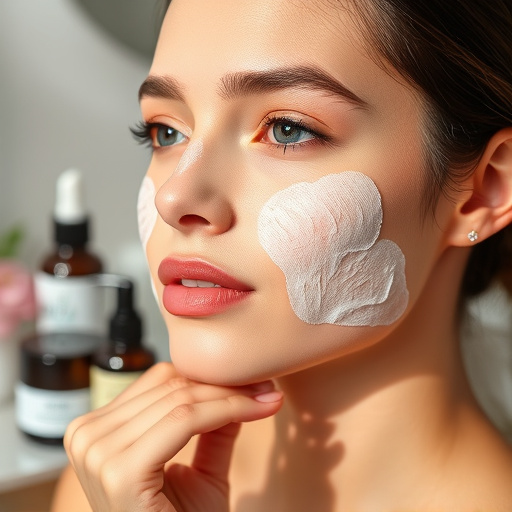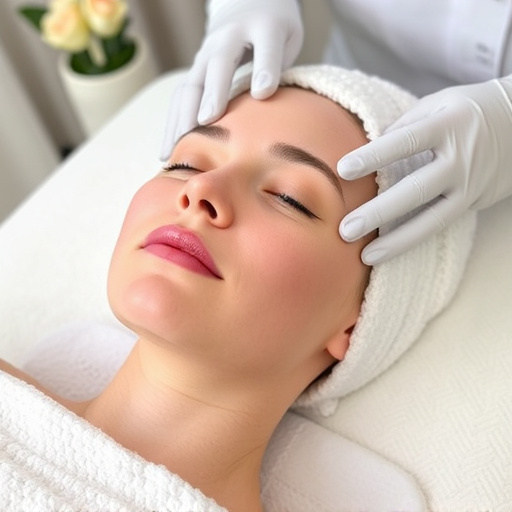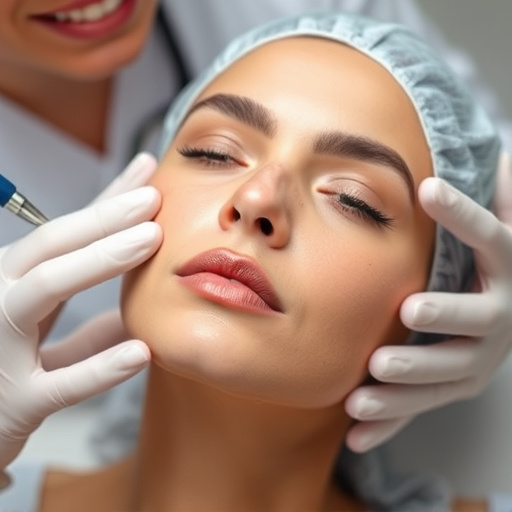An Oil Control Facial is a specialized skincare treatment for combination or oily skin, addressing excess sebum production and clogged pores. Estheticians perform deep cleansing, exfoliation, extraction (removing blackheads/whiteheads), and apply customized masks followed by lightweight, oil-free moisturizers. Key ingredients include salicylic acid, benzoyl peroxide, and AHAs for pore unclogging and inflammation reduction. Advanced techniques like microdermabrasion or chemical peels enhance results, offering long-lasting clarity compared to OTC options.
“Uncover the lasting effects of oil control facials—a popular skincare procedure gaining traction. This comprehensive guide delves into the science behind these treatments, offering a detailed look at their process, benefits, and potential long-term impact on skin health. From understanding the key ingredients to exploring recent research, we demystify what lies beyond immediate results. Discover how oil control facials could transform your skin’s texture and overall wellness, setting new standards in skincare.”
- Understanding the Oil Control Facial Process
- – What is a oil control facial?
- – Common ingredients used in these treatments
Understanding the Oil Control Facial Process
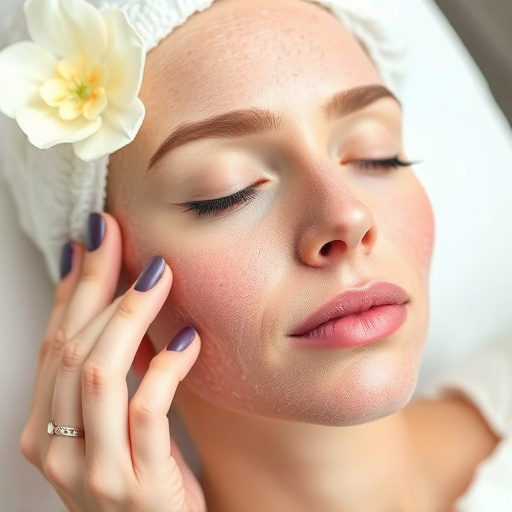
The oil control facial is a specialized skincare treatment designed to tackle excess sebum production and unclogged pores, common concerns for many individuals, especially those with combination or oily skin types. This non-surgical treatment involves a series of steps that include cleansing, exfoliation, extraction, and moisturizing. Skilled estheticians use their expertise to deeply cleanse the face, removing makeup, dirt, and excess oil. Exfoliation follows, using gentle yet effective products to slough off dead skin cells, unclogging pores and preventing future buildup.
The heart of the process lies in extraction, where blackheads and whiteheads are carefully removed. This step is crucial for not only improving skin texture but also preventing acne scars. Post-extraction, a customized facial mask is applied, providing deep cleansing and targeted anti-aging treatments based on individual skin needs. Finally, a lightweight, oil-free moisturizer rounds out the process, leaving skin feeling refreshed, balanced, and ready to face the day.
– What is a oil control facial?
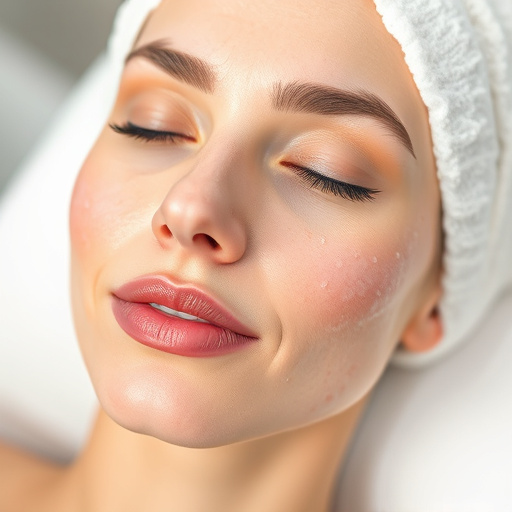
An oil control facial is a specialized skincare treatment designed to address excess sebum production and prevent or reduce the appearance of oily skin. This procedure typically involves deep cleansing, exfoliation, and targeted treatments to unclog pores, balance skin hydration, and minimize shine. It’s not just about achieving a matte finish; it’s also about addressing the root causes of oily skin, which can be influenced by hormonal changes, genetics, or environmental factors.
In a medical spa setting, skilled estheticians offer more than just a typical facial. They may incorporate advanced techniques such as extractions to gently remove blackheads and whiteheads, followed by application of calming and hydrating facials to balance the skin’s natural moisture levels. Regular oil control facials can contribute to overall skin rejuvenation, promoting a clearer, healthier complexion that looks and feels refreshed.
– Common ingredients used in these treatments
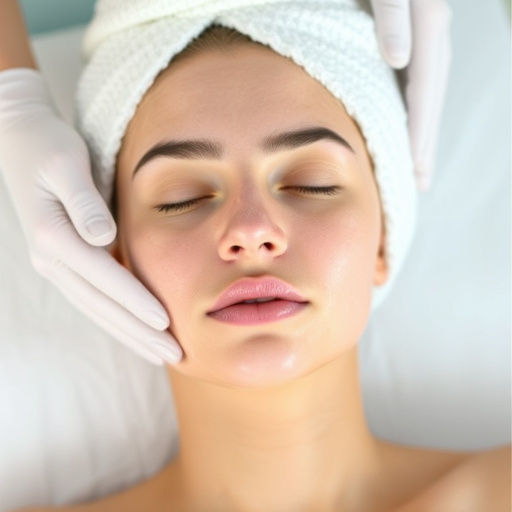
Oil control facials are designed to tackle excess sebum production and minimize pores, leaving skin looking matte and smooth. Common ingredients found in these treatments include salicylic acid, known for its exfoliating properties that unclog pores and reduce inflammation associated with acne. Benzoyl peroxide is another popular choice due to its antibacterial properties that target P. acnes bacteria, a leading cause of acne breakouts.
Additionally, alpha hydroxy acids (AHAs), such as glycolic acid, are frequently used for their ability to exfoliate dead skin cells and promote cell turnover, resulting in a clearer complexion. Some advanced oil control facials even incorporate techniques like microdermabrasion or chemical peels to physically exfoliate the skin, further enhancing its effectiveness as an acne treatment. These professional treatments can be a game-changer for those seeking long-lasting results beyond what over-the-counter acne treatments offer, and may even be considered alongside other aesthetic procedures like laser hair removal or body contouring for comprehensive skincare solutions.
In conclusion, while an oil control facial offers temporary relief from excess oil and acne, its long-term effects vary. The treatment’s success depends on individual skin types and the specific ingredients used. Regular upkeep and a balanced skincare routine are essential to maintain results. Understanding the process and choosing the right products can help manage oily skin effectively, but it’s crucial to remember that consistency is key for lasting benefits in achieving clear, healthy skin.


